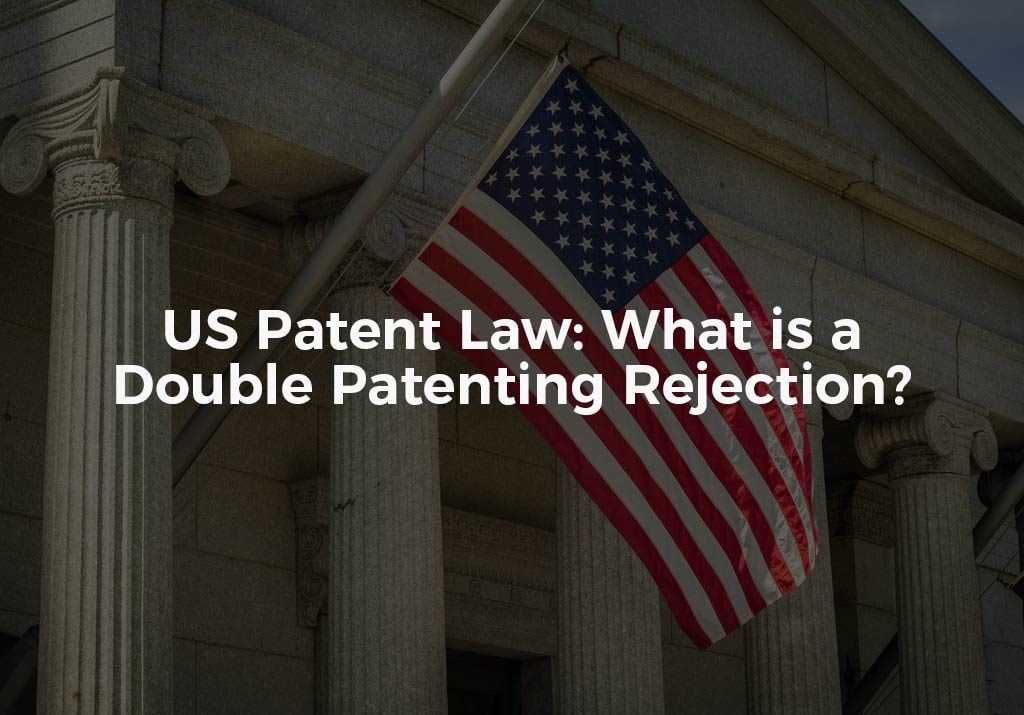In the United States, patent protection is sought from the United States Patent and Trademark Office (USPTO). Similar to how patent applications are examined by other patent offices around the world, US patent applications undergo an examination process. In the US, patent applications are reviewed to determine whether the invention is patent eligible subject matter under 35 U.S.C. § 101, novel under 35 U.S.C. § 102, and non-obvious under 35 U.S.C. § 103. But further, the claimed invention must not already be patented or claimed.
What Is Double Patenting in US Prosecution?
In the US, there is a prohibition in patent law against allowing an invention to be claimed twice. If an invention is claimed twice, it is known as Double Patenting and is grounds for rejection of the patent application by the USPTO. Double Patenting arises in two situations – the first statutory Double Patenting under 35 U.S.C. § 101, and the other is non-statutory Double Patenting.
Statutory Double Patenting
Under 35 U.S.C. § 101, inventors are eligible for patent protection for any new and non-obvious inventions. This means that the claimed invention must never have been claimed before. If the invention has already been claimed, then a patent cannot issue for the duplicate claim. Statutory Double Patenting rejections are often issued by the USPTO when two claims in an application are identical in scope, which can happen by mistake if the patent attorney or applicant handling the claims is not careful to ensure that the scope of each claim is distinct. Statutory Double Patenting rejections can also be made when a claim in a continuation, divisional or continuation-in-part application is identical in scope to a claim that was also made in the parent application. Statutory Double Patenting rejections are often made because two claims exist that either are literal duplicates, or are nearly literal duplicates, of one another.
Non-statutory Double Patenting Rejections are made when the claims of a patent application are similar in scope to the claims of another (usually related) patent application, but the language of the two claim sets does not need to literally be the same. The USPTO makes Non-statutory Double Patenting rejections so that the applicant does not unfairly get an extension of patent term of the invention of a parent application by way of filing a continuation, divisional or continuation-in-part application with a later filing date.
Why You Should Work WIth A US Patent Counterpart
In the United States, patent attorneys are required to take a special registration examination that authorizes them to practice patent prosecution before the USPTO. Patent Prosecution in the US is complicated, and legal associates abroad can provide immense value to their clients by working with a US counterpart for US patent legal matters.




